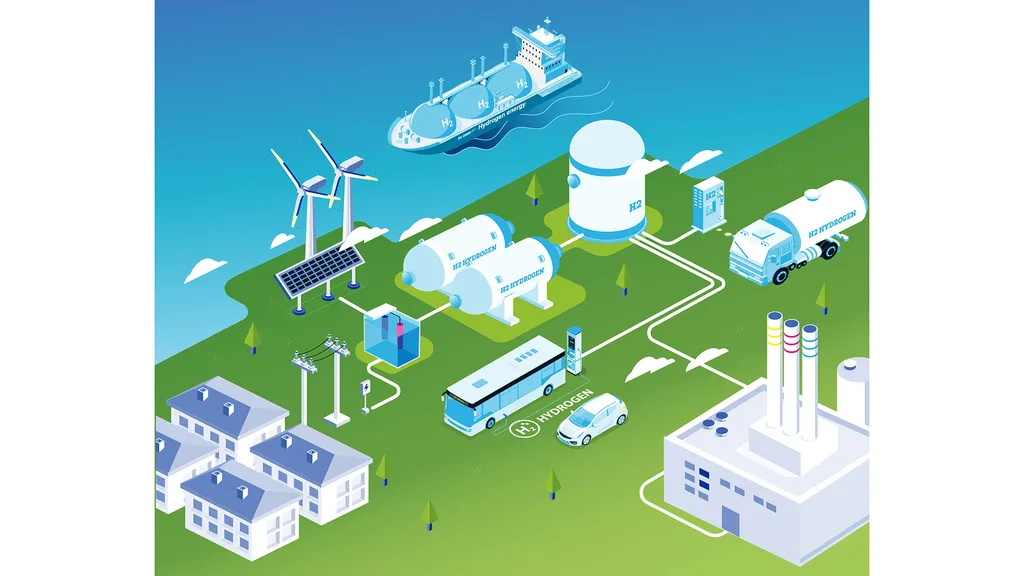Mirela Atanasiu, Head of Operations and Communication at the Clean Hydrogen Partnership, is steering Europe’s clean hydrogen economy into a new era. Hydrogen Valleys, regional ecosystems where hydrogen is produced, stored, distributed, and used across multiple sectors, are at the heart of this transition. These valleys integrate the entire hydrogen value chain within one geography, from renewable production to industrial use and mobility. Europe’s energy revolution is now happening in regions, cities, and industrial clusters, building the clean hydrogen economy from the ground up to drive decarbonisation and regional growth.
Atanasiu explains, “Hydrogen Valleys are where European strengths converge: research excellence, regional cohesion, and industrial innovation. They demonstrate that decarbonisation can drive competitiveness, jobs, and energy security all at once.” This shift in focus has been recognised by the REPowerEU Plan, which has elevated Hydrogen Valleys to a central place in Europe’s hydrogen strategy, allocating €200m to double their number by 2025.
Europe is already leading globally, with about 60 Hydrogen Valleys in development or operation across the continent, representing €150bn in investment. More than 20 valleys have benefitted from the support of the Clean Hydrogen Partnership, mobilising over €1.3bn in investment. These valleys vary in scale and geography, from major industrial hubs to transport-focused projects on islands. Large-scale projects, such as NAHV in northern Italy, Slovenia, and Croatia, and BalticSeaH2 in southern Finland and Estonia, aim to produce over 4,000 tonnes of hydrogen per year. Smaller-scale valleys like Green Hysland in Mallorca and H2tALENT in Portugal demonstrate the viability of hydrogen in insular and dispersed contexts.
Atanasiu highlights the importance of these valleys in building public trust and visibility for the technology. “Citizens can see hydrogen vehicles on their streets, industry can expand and connect dedicated infrastructure for production and transport, forming cross-sector collaborations. Investors can evaluate real assets, and policymakers can observe strategy becoming reality.”
To facilitate this deployment, the Clean Hydrogen Partnership created the Project Development Assistance (PDA) initiative. This initiative provides tailor-made technical, financial, and legal advice to help promoters reach final investment decision (FID). Two support tracks are offered: PDA Light (6 weeks) for early-stage concepts refining pre-feasibility, and PDA Plus (12 weeks) for advanced projects nearing FID. In 2025, 15 valleys from 11 countries were selected for assistance, demonstrating Europe’s growing appetite for hands-on project-development support.
Alongside the facility, the Hydrogen Valleys Knowledge Centre provides a repository of best practices, case studies, and templates, covering governance, permitting, financing, and stakeholder engagement. Its mission is to make replication faster and cheaper, helping new valleys build on proven experience. It also fosters peer-to-peer learning, connecting policymakers, researchers, and industry leaders.
The Clean Hydrogen Partnership is the EU’s public-private partnership supporting research and innovation to accelerate the development and deployment of clean hydrogen technologies in Europe. The H2V Facility, funded by the Clean Hydrogen Partnership, aims to accelerate Hydrogen Valleys toward FID and support the European Commission’s target of having 50 valleys operational or under construction in the EU by 2030. Over the next five years, the H2V Facility will provide dedicated non-financial support through three pillars: Project Development Assistance (PDA), the H2V Knowledge Centre, and the H2V Platform.
This development in Europe’s clean hydrogen economy is set to shape the sector significantly. The focus on regional ecosystems and the integration of the entire hydrogen value chain within one geography could lead to more efficient and effective deployment of hydrogen technologies. The emphasis on building public trust and visibility, along with the provision of tailored support and knowledge sharing, could accelerate the adoption of hydrogen across multiple sectors. As Atanasiu notes, “Hydrogen Valleys are not just about decarbonisation; they are about driving competitiveness, jobs, and energy security.” This holistic approach could set a new standard for energy transitions, not just in Europe, but globally.

